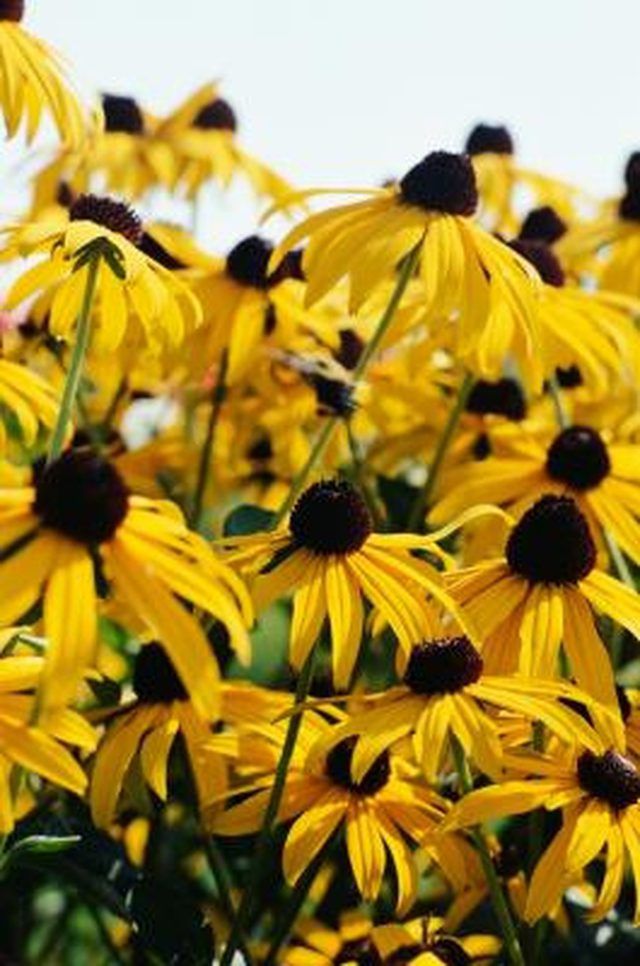Bulbs
Flower Basics
Flower Beds & Specialty Gardens
Flower Garden
Garden Furniture
Garden Gnomes
Garden Seeds
Garden Sheds
Garden Statues
Garden Tools & Supplies
Gardening Basics
Green & Organic
Groundcovers & Vines
Growing Annuals
Growing Basil
Growing Beans
Growing Berries
Growing Blueberries
Growing Cactus
Growing Corn
Growing Cotton
Growing Edibles
Growing Flowers
Growing Garlic
Growing Grapes
Growing Grass
Growing Herbs
Growing Jasmine
Growing Mint
Growing Mushrooms
Orchids
Growing Peanuts
Growing Perennials
Growing Plants
Growing Rosemary
Growing Roses
Growing Strawberries
Growing Sunflowers
Growing Thyme
Growing Tomatoes
Growing Tulips
Growing Vegetables
Herb Basics
Herb Garden
Indoor Growing
Landscaping Basics
Landscaping Patios
Landscaping Plants
Landscaping Shrubs
Landscaping Trees
Landscaping Walks & Pathways
Lawn Basics
Lawn Maintenance
Lawn Mowers
Lawn Ornaments
Lawn Planting
Lawn Tools
Outdoor Growing
Overall Landscape Planning
Pests, Weeds & Problems
Plant Basics
Rock Garden
Rose Garden
Shrubs
Soil
Specialty Gardens
Trees
Vegetable Garden
Yard Maintenance
Flowers That Look Like Sunflowers
Flowers That Look Like Sunflowers. Sunflowers, with their bright yellow petals and dark, central cones, are some of the most iconic flowers in the American landscape. Many types of coneflowers mimic the cheerful look of the sunflower, providing a similar look for native flower gardeners.

Sunflowers, with their bright yellow petals and dark, central cones, are some of the most iconic flowers in the American landscape. Many types of coneflowers mimic the cheerful look of the sunflower, providing a similar look for native flower gardeners.
Recommended Flowers
To achieve the bright, happy look of a sunflower garden, there are several types of coneflowers that make ideal additions or replacements for the traditional sunflower. Some recommended coneflowers include the yellow coneflower, Tennessee coneflower, black-eyed Susan and the eastern purple coneflower.
Descriptions
Coneflowers mimic the look of sunflowers with 10 petals surrounding a large, darker central cone. The yellow coneflower (Echinacea paradoxa) features bright yellow rays and a dark brown center. It grows to an average height of 2 1/2 feet, according the Lady Bird Johnson Wildflower Center. The Tennessee coneflower (Echinacea tennesseensis) is well-known for its purple blooms and is one of the rarest wildflowers. Planting it may help increase the survival of the plant. The black-eyed Susan (Rudbeckia hirta var. pulcherrima) features drooping orange to yellow petals and a dark brown cone that extends above flower's face. The purple coneflower (Echinacea purpurea) is a similar color the Tennessee coneflower but features drooping petals like the black-eyed Susan.
Benefits
Planting coneflowers in the garden helps create the look of a prairie wildflower meadow and also provides medicinal benefits. The echinacea flowers can be used as an antibiotic, according to the Lady Bird Johnson Wildflower Center. Echinacea flowers and the black-eyed Susan attract hummingbirds, butterflies and other birds to the yard.